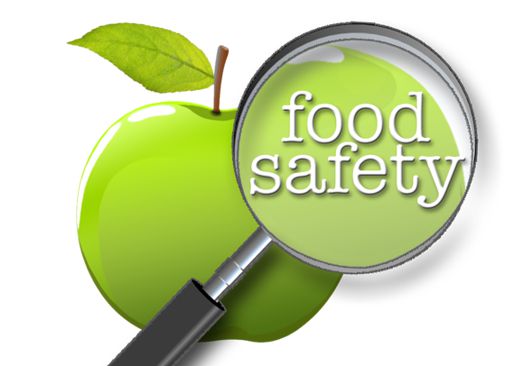
Telephone: +982188769183
e-mail:info@qcico.com

CE Marking is the manufacturer's declaration showing compliance with all applicable directives. For most products sold in the EU, the use of CE Marking and a Declaration of Conformity are mandatory.
With the exception of some high-risk products, most products can be self- assessed by the manufacturer to meet the Essential Requirements. While CE Marking permits a product's access to the EU, it is not an approval certification or quality mark; nor is it intended to be a marketing tool. CE is a "Marking" that is only a declaration of the supplier's own responsibility. While enabling products to be placed on the European market, it only allows for the free movement of goods and permits the withdrawal of non-conforming products.
The CE Marking should not be confused with other approval marks or certifications issued by an EU-accredited certification body. As stated in the European Commission's Guide to the Implementation of Community Harmonization Directives:
"Manufacturers are responsible for ensuring that the products they place on the market meet all relevant regulations. Where these regulations do not require mandatory certification, manufacturers often seek voluntary certification to assure themselves that their products do meet the requirements set by law."
The main goals of the CE Marking are to:
|
indicate a product's conformity with the "essential requirements" of the directives |
|
|
allow products to be "placed on the market" |
|
|
ensure the "free movement of goods" |
|
|
allow the "withdrawal of non-conforming products" by customs and enforcement authorities |
|
| CE Marking: | |
|
is not a mark or certification or approval issued by a third party |
|
|
|
is not a marketing or promotional tool |
|
is not a quality mark |
|
|
is not for components
|
|
|
|
|






